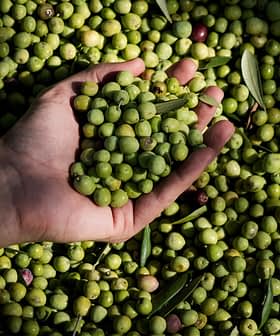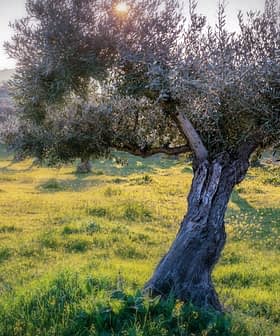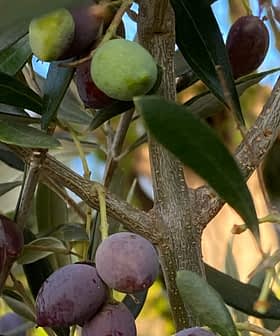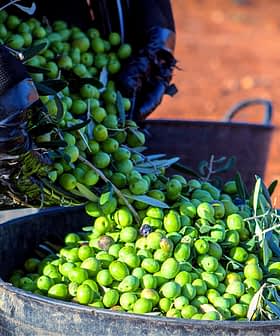 7.7K reads
7.7K readsHealth
Researchers Find Ways to Reduce Acrylamide in Table Olives
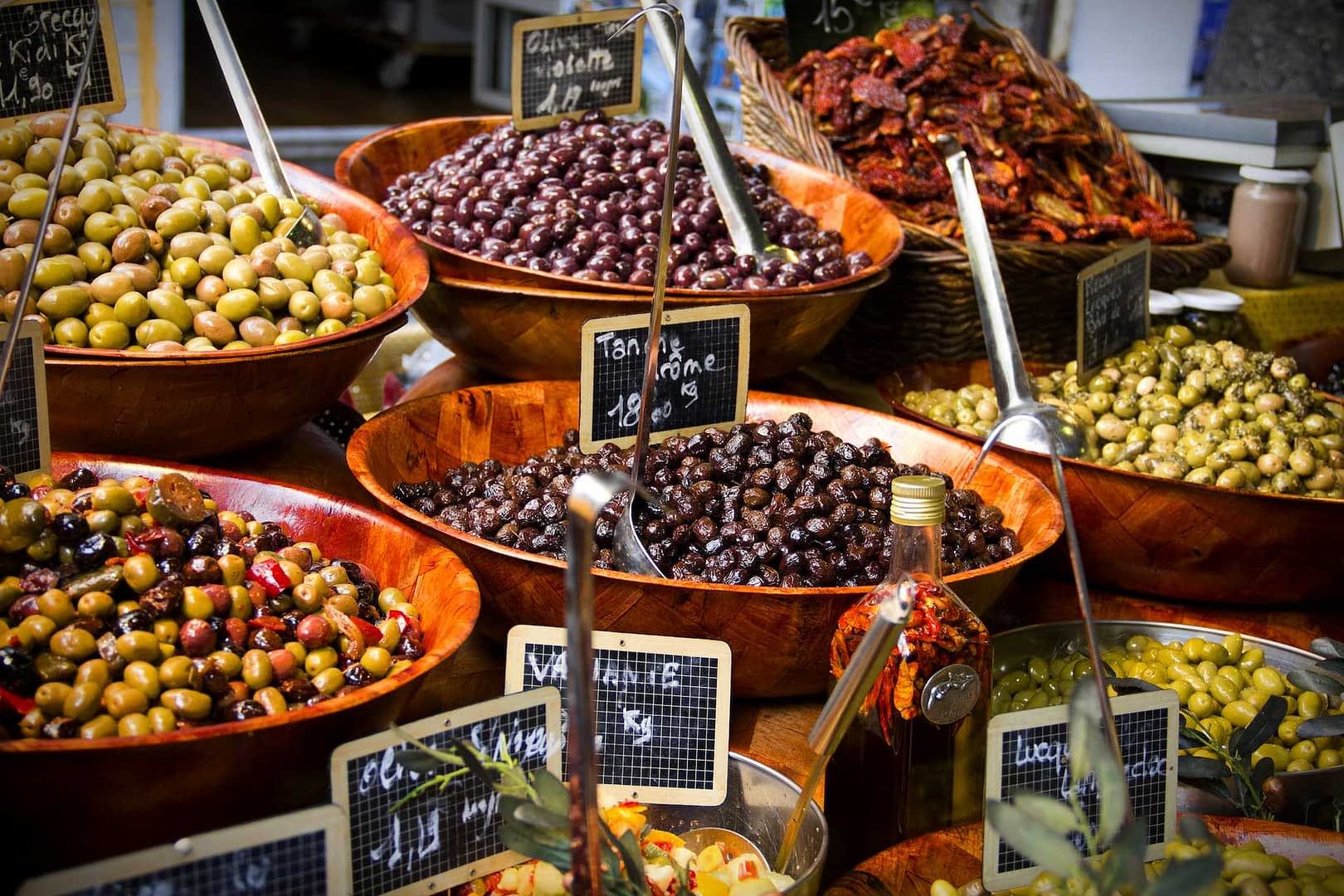
A recent study in Spain identified strategies to reduce acrylamide in black olives during processing, as the compound is considered carcinogenic. By changing production phases and using specific treatments, researchers were able to lower acrylamide levels in table olives, improving their quality and potentially benefiting consumers’ health.
A recent study conducted by Extremadura’s provincial government in Spain has identified some strategies to mitigate the presence of acrylamide during the industrial processing of black olives.
Acrylamide is a compound found in carbohydrate-rich foods after being heated. The International Agency for Research on Cancer considers the compound carcinogenic.
The study provides different strategies that, without imposing any additional cost in its manufacture, upgrade the processing of Californian-style black ripe olives by removing acrylamide from the final product.
According to the researchers, acrylamide generation in table olives is evident in larger quantities in Californian-style black ripe olives. The compound develops as a result of oxidation after thermal sterilization occurs during the table olive production process.
The amount of acrylamide in table olives is dependent on many factors such as how olives are processed, thermal sterilization conditions, packaging methods that may or may not involve the use of brine and cooking.
See Also:Researchers Seek Better Understanding of Olive Drupe DevelopmentThe researchers conducted their study using Hojiblanca olives, a common Spanish variety with an intermediary level of acrylamide content.
By changing different phases of the production process – olive maturation stage, length of storage period and type of washing treatment – the researchers were able to lower levels of acrylamide and thus improve the quality of the table olives.
“Applying these mitigation measures at industrial scale, black table olives consumers will intake a significatively minor quantity of this toxic compound,” Daniel Martín-Vertedor and Antonio Fernández, the two lead researchers on the project, told Olive Oil Times.
“Therefore, this type of table olive elaboration can be more present in the human diet, taking advantage of the benefits of table olives,” they added.
The researchers used olives harvested at two different points of maturation: the green and yellow-green stages. Olives harvested at the yellow-green maturation stage – when they are one step closer to veraison – had higher levels of acrylamides.
Furthermore, green olives stored for 21 months presented the lowest acrylamide levels. Acrylamide levels also lowered by 18 percent when the olives were sprayed with water before rinsing. Washing the olives with water heated to 25 ºC for 40 minutes also led to a 36-percent reduction in the chemical.
However, following treatment with lye, which is commonly used to remove the compound responsible for the bitter taste of table olives, acrylamide levels increased. Pitted olives retained the lowest levels of the chemical, followed by unpitted olives and sliced olives.
The researchers further found that table olives canned in brine with higher concentrations of salt after the production process also increased the acrylamide content. However, this was not observed in olives stored in other liquids.
“The study provides different strategies that, without imposing any additional cost in its manufacture, upgrade the processing of Californian-style black ripe olives by removing acrylamide from the final product and, consequently, taking care of the consumer’s health and diet,” Martín-Vertedor and Fernández said.
The two researchers added that the impact of packaging on acrylamide content was a separate variable that requires further study to understand better.
“Both in the process and the commercialization, the packaging is a steady factor in the acrylamide formation as can be seen in the results of the article,” Martín-Vertedor and Fernández said. “There will be a future study in which the container is evaluated as another possible variable in the acrylamide generation.”
In a 2019 study, the two researchers found that the addition of phenolic compounds, including hydroxytyrosol, and olive leaf extract before the sterilization stage also decreased the acrylamide content from the final product.
Martín-Vertedor concluded that limits on the amount of acrylamide present in table olives should be established. Baseline levels of the compound in Hojiblanca olives measure at 254 micrograms per kilogram but are nearly double that in Manzanilla de Sevilla.
“We consider that the minimum levels of acrylamide in table olives marketed should be set at values closer to 300 micrograms per kilogram, thus guaranteeing the health of table olive consumers at an international level,” he said.


